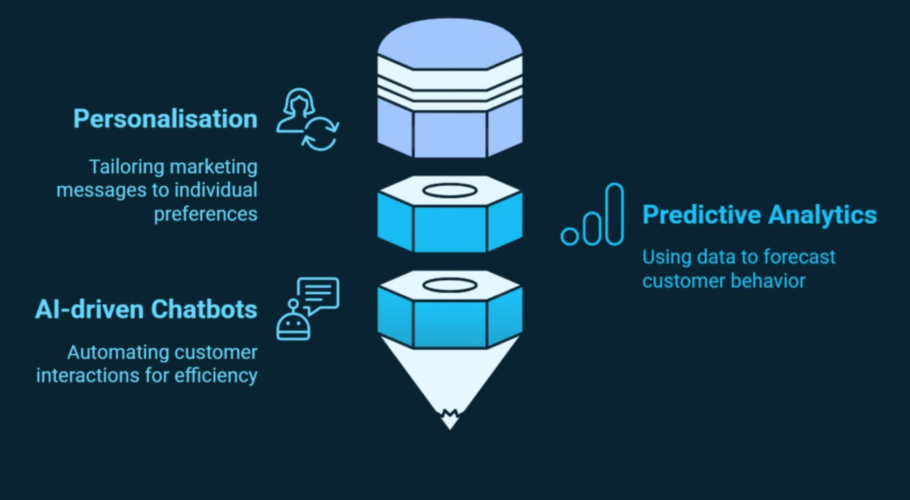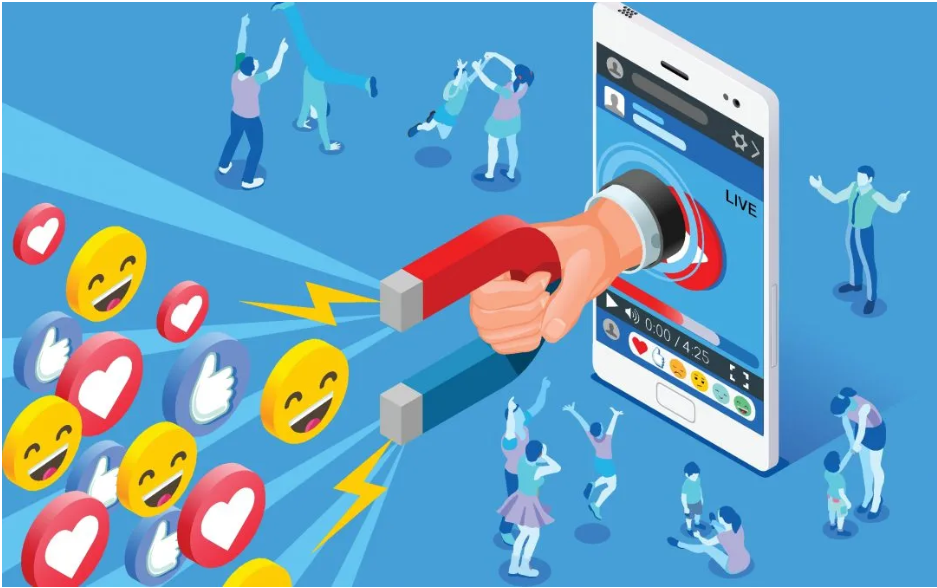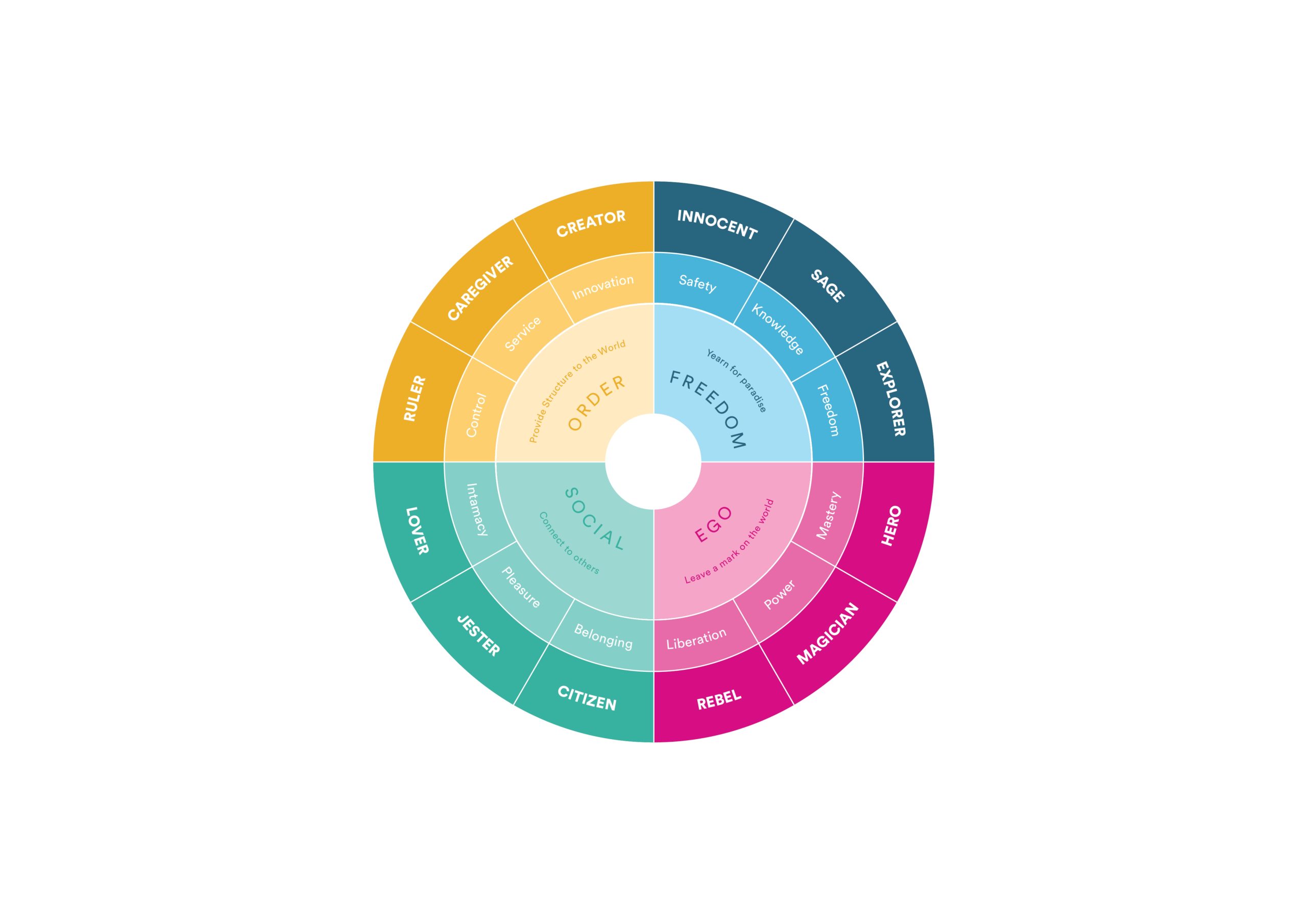

No matter how you spin it, one of the most crucial aspects of a business’s online presence is its website. Irrespective of whether you have a killer social profile, if you are wanting people to transact with you, you are going to need a website and a well-designed one will be the difference between generating leads and conversions, and missing opportunities. However, it’s not just about creating a visually appealing website. It’s more about designing a website that provides an excellent user experience (UX) and user interface (UI). It is creating an experience people enjoy and that converts intent to action.
What is Website Design UI and UX?
Website design UI and UX refer to the process of designing a website’s user interface and user experience.
The user interface (UI) is the visual design and layout of a website. It includes elements including:
-
Layout Navigation:
Layout Navigation is one of the most important components of a website UI. It helps users find the content they’re looking for quickly and easily. Navigation typically includes a menu bar or sidebar, with links to the main sections and pages of the website.
-
Header:
The header is the top section of the website, usually containing the logo, navigation, and other important information such as contact details, social media links, and search bar.
-
Footer:
The footer is the bottom section of the website, containing links to important pages, copyright information, and often a contact form or newsletter subscription box.
-
Content Area:
The content area is the main section of the website where the content is displayed. This can include text, images, videos, and other media.
-
Sidebars:
Sidebars are additional sections of the website that provide supplementary information or links to related content. They can be located on either side of the content area, or on one side of the page.
-
Calls to Action (CTAs):
CTAs are buttons or links that encourage users to take a specific action, such as making a purchase or signing up for a newsletter.
-
Forms:
Forms are used to collect user information, such as contact details or feedback. They can be used for a variety of purposes, such as signing up for a service or contacting customer support.
-
Buttons:
Buttons are used throughout the website to encourage user interaction, such as clicking through to a new page, submitting a form, or adding an item to a shopping cart. They are an integral part of helping drive the UX.
-
Images and Graphics:
Images and graphics are used to visually enhance the website and break up text. They can include photos, illustrations, icons, and infographics.
-
Typography:
Typography refers to the style, size, and spacing of the text on the website. It plays an important role in creating a visually appealing and readable design.
-
Color Scheme:
The color scheme of a website can help to create a cohesive and visually appealing design. It should convey the brand’s personality and tone.
-
White Space:
White space, also known as negative space, refers to the areas of the website that are intentionally left blank. It helps to create a sense of balance and visual hierarchy.
On the other hand, User Experience (UX) is how users interact with a website. It includes aspects such as navigation, site structure, and content.
-
Accessibility:
Accessibility refers to the ease of use of a website for all users, including those with disabilities or limitations. This can include features such as keyboard navigation, closed captions, and text-to-speech functionality.
-
User Research:
User research involves gathering information about the website’s target audience, including their needs, preferences, and behaviors. This information can be used to inform design decisions and create a more effective user experience.
-
Information Architecture:
Information architecture refers to the organization and structure of the website’s content, including the navigation, labeling, and hierarchy of information. This can impact how easily users can find what they’re looking for and complete tasks.
-
Responsive Design:
Responsive design ensures that the website is optimized for a variety of devices and screen sizes, including desktops, laptops, tablets, and smartphones. This can include features such as flexible layouts and optimized images.
-
Page Load Speed:
Page load speed refers to how quickly the website loads for users. A slow-loading website can negatively impact user experience and lead to increased bounce rates.
-
Consistency:
Consistency refers to the use of consistent design and layout throughout the website. This can help to create a sense of familiarity and make it easier for users to navigate and find information.
-
User Feedback:
User feedback can be collected through surveys, feedback forms, or analytics data. This information can be used to identify areas for improvement and make changes to the website to improve user experience.
-
Visual Design:
Visual design refers to the overall look and feel of the website, including the use of color, typography, images, and graphics. A visually appealing design can help to engage users and make the website more memorable.
-
User Testing:
User testing involves having users interact with the website and providing feedback on their experience. This can help to identify areas for improvement and make changes to the website to improve usability.
-
Error Handling:
Error handling refers to how the website handles errors or unexpected user input. A well-designed error handling system can help to prevent frustration and improve user experience.
Why is Website Design UI and UX Important?
First Impressions Matter
Your website is often the first point of contact between your business and potential customers. According to a SWEOR research, it takes only 50 milliseconds for a user to form an opinion about a website. Therefore, a website that looks professional, modern, and easy to navigate can make a positive first impression and build trust and credibility with potential customers. Similarly, though, if you want to convey fun, frivolity and a great time, you only have 50 milliseconds to do so.
Improved User Experience Leads to Better Conversions
A website that provides an excellent user experience can lead to better conversions. A user-friendly website that is easy to navigate, loads quickly, and provides relevant information can help users find what they’re looking for and take desired actions, such as filling out a contact form or making a purchase.
Compare this:

To this:

Chances are that one of these two examples will convey more trust and be the one you are likely to transact with?
Enhances Brand Image and Trustworthiness
A well-designed website with an intuitive UI and excellent UX is a reflection of a business’s professionalism and credibility. A website with an outdated design, poor navigation, and unresponsive pages can be a red flag for potential customers and can lead them to doubt the legitimacy of the business. In contrast, a modern, sleek website with easy-to-use navigation and high-quality visuals can instantly communicate a sense of professionalism, trustworthiness, and credibility to potential customers. This can be especially important for businesses in competitive industries where customers have a plethora of options to choose from. A well-designed website can help your business stand out from the competition and create a positive first impression in the minds of potential customers.
Increases Customer Engagement and Loyalty
A website with a good UI and UX can help to increase customer engagement and loyalty. A website that is easy to use and navigate can keep visitors on your website for longer periods, increasing the chances of converting them into customers. An intuitive UI can also encourage visitors to explore through your website and discover more about your products or services, ultimately leading to more conversions.
Additionally, a website with a great UX can create a positive experience for visitors, which can lead to increased customer loyalty and advocacy. Customers are more likely to return to a website that they found easy to use and navigate, and they are also more likely to recommend the website to others.
Improves SEO and Website Ranking
When it comes to SEO, most website owners focus on optimizing their content, building quality backlinks, and using targeted keywords. While these tactics are essential for ranking higher in search engine results pages (SERPs), UX/UI design is equally important in improving SEO outcomes. In fact, Google has explicitly stated that user experience is a ranking factor in its algorithm.
A website with a good UI and UX can lead to longer dwell times, lower bounce rates, and higher engagement rates, which are all factors that search engines take into account when determining website rankings. Additionally, a well-designed website with responsive design and fast load times can also help to improve website ranking, as search engines prioritize websites that offer a seamless user experience. Improving website ranking can help to drive more organic traffic to your website, which can lead to more leads and conversions for your business.
By optimizing both UX and UI design, businesses can improve their website’s usability and engagement, leading to higher search engine rankings and more traffic.
Differentiation from Competitors
A website that is well-designed and provides excellent user experience can differentiate your business from competitors. By investing in website design UI and UX, you can create a unique online presence that stands out from competitors and builds brand recognition.
This:
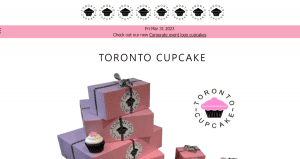
Vs.
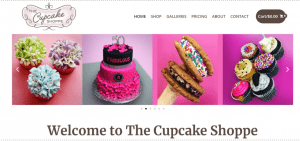
Cost-Effective Marketing Tool
A website is a cost-effective marketing tool that can generate leads and conversions 24/7. By investing in website design UI and UX, you can create a website that not only looks great but also provides value to users and encourages them to take action.
The Customer Journey Psychology in effective UX and UI
Ever wondered about the rationale and psychology of UX and UI?
Understanding the customer journey is critical for creating a website that meets user needs and encourages conversions, impacting both user interface (UI) and user experience (UX). The customer journey is the process that potential customers go through from first learning about a product or service to making a purchase.
Understanding every stage of the customer journey is important because it enables businesses to identify the needs, pain points, and motivations of their target audience at each stage. This knowledge can then be used to create marketing strategies and design experiences that effectively address those needs and ultimately encourage conversions.
| Journey Stage | Definition |
| Awareness | The stage where the customer becomes aware of a product or service. |
| Consideration | The stage where the customer considers whether the product or service meets their needs. |
| Evaluation | The stage where the customer evaluates the product or service based on factors such as features, price, and reviews. |
| Purchase | The stage where the customer makes a decision to purchase the product or service. |
| Post-Purchase | The stage where the customer evaluates their experience with the product or service and decides whether to make repeat purchases or recommend it to others. This is critical – word of mouth is a cheap, reliable and effective marketing tool. |
These stages are often represented as a funnel, where customers move through each stage until they ultimately make a purchase.
For example, effective UI design anticipates user needs, guiding users towards their desired actions through clear navigation menus, prominent calls-to-action, and an intuitive layout. Meanwhile, UX design focuses on creating a positive user experience, considering factors such as site speed, ease of use, and engaging content that meets user needs at every step of the journey. By taking a customer-centric approach to design and continually seeking feedback and improvement, businesses can create a website that supports customer needs continuously in order to drive success.
There’s a science and process to elegant and effective UI and UX
Creating an elegant and effective user interface (UI) and user experience (UX) requires a scientific and process-driven approach. This involves understanding user needs, behaviors, and preferences through research and analysis, then creating wireframes and prototypes to test and refine the design. Additionally, a thorough understanding of the business goals and target audience is crucial for creating a design that aligns with the brand identity and engages the intended audience.
A known effective practice to UI and UX design involves using data and analytics to inform design decisions. This includes conducting user testing and gathering feedback to identify pain points and areas for improvement. By using data to inform design decisions, designers can create a website that is tailored to the needs and preferences of users and customers, ultimately driving success for the business. And that is what we all want – happy customers that are transacting with our site.
Our Thinking
Ready to engage your customer base and compel them to engage?

